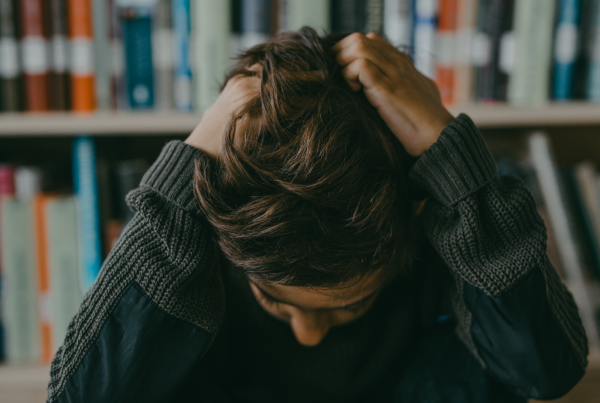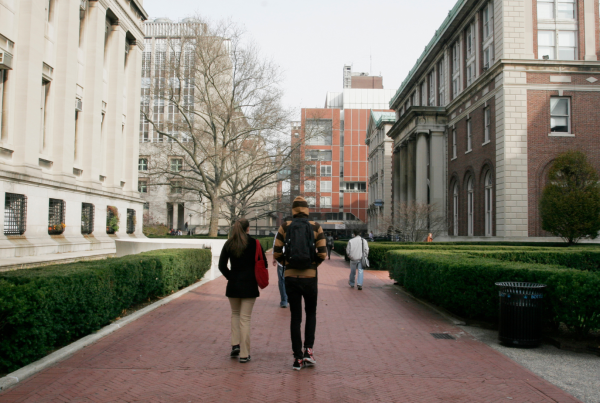 By Scott Lutostanski
By Scott Lutostanski
I will often say that the most simplified version of school is this: go to school, be presented with new information, learn the information, and then prove that you have learned it. The main idea here is that school is learning. And yet, our schools don’t explicitly teach students how to learn. And they don’t teach students how to study. In this blog, I will share a few easy tips that students can start to incorporate into their weekly routines.
Quizzing is King- The number one mistake students can make is re-reading. “I’m just going to re-read my notes, my textbook, my study guide, etc.” is something I hear many students say. Re-reading is not an effective learning strategy. In fact, it’s one of the least effective. Students will retain information better when they force themselves to use retrieval. In other words, they need to quiz themselves. All studying should be based around questions. There are dozens of ways to do this: flashcards, creating study guides, re-answering questions, creating tables, timelines, and most other study methods. The goal is to utilize the strategies in a way that requires students to answer questions as opposed to just reading the information they’re supposed to learn.
Spaced Repetition Learning- We learn better when we space out our learning. Studying for 3 hours on a Thursday night will not be as effective as studying for one hour, three separate times during the week. Students should strive to start incorporating spaced repetition learning into their routine. It is difficult for students to use this strategy. It’s challenging to get work done when there is no reward, grade, or direct reinforcement tied to their work. By starting small, they can start to build this habit. I recommend starting by adding a 5 minute flashcard round once per week. This is a very realistic and simple way for students to begin to implement this strategy.
Making Connections- Learning is strengthened when we make connections. Students often find this counterintuitive. “You mean to learn this concept, I should actually think of a 2nd thing? Isn’t that more information to learn?” is something that I often hear. The answer is no. By connecting new information to previous information, we can strengthen the learning that takes place and have better access to the new information we’re storing in our long term memory. There are numerous ways for students to do this with visuals and examples being two of the most common. When students incorporate these strategies into their studying, they will see their test scores start to rise.
These are small, and often ignored, strategies that can make a big difference in students grades, test scores, and self-esteem and confidence. We are currently running a Final Exams Study program and a 5-hour study program. If you have more questions or would like more information, feel free to email me at scott@galined.com.




